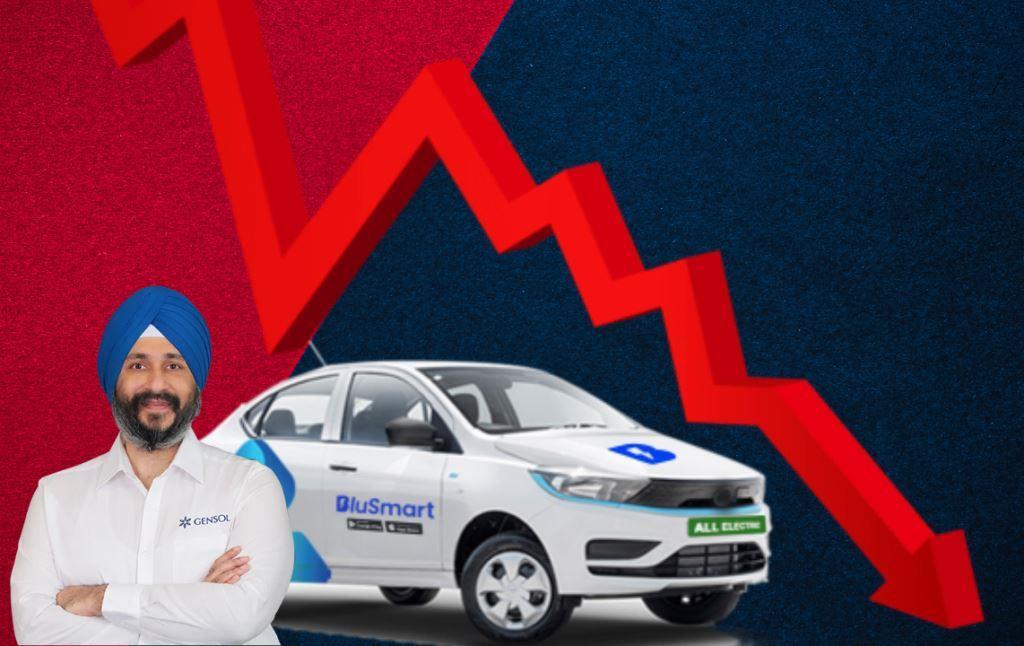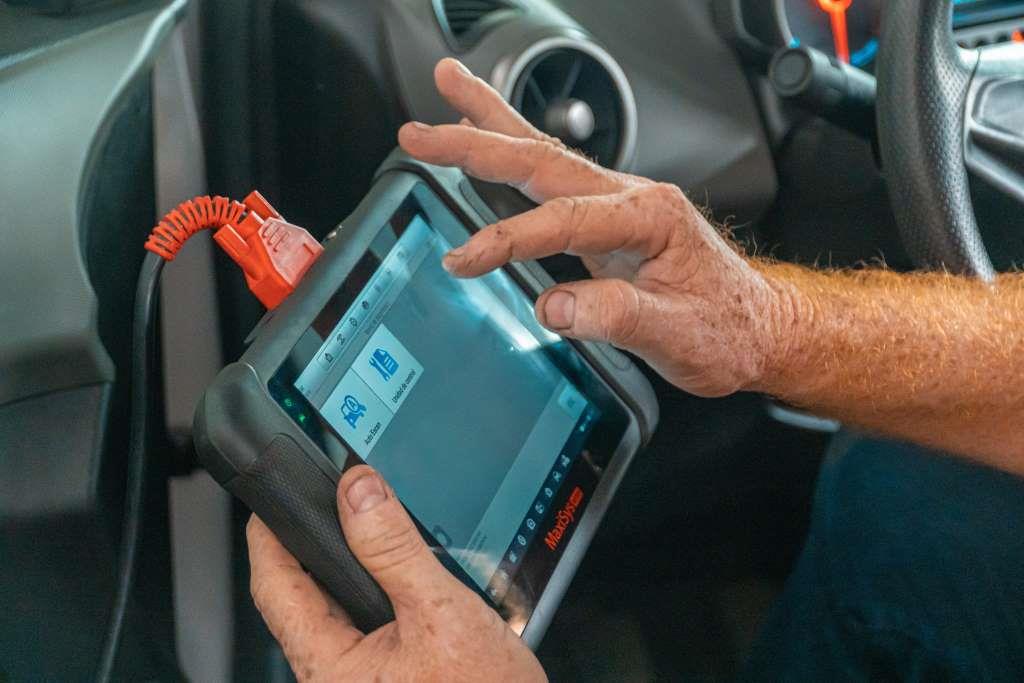
Ex-fleet means that a vehicle was formerly used by a business (or occasionally by the government). The most common types of fleet vehicles are ex-rentals and ex-company vehicles. You can also find manufacturer/demonstrator vehicles and ex-government vehicles. To explain further, Andrea Easton, Head of Finance and Operations at FleetEx, shares her insight into why Ex-fleet can be a great choice but you need to understand how to choose well.
Understanding the potential downsides of ex-fleet
The main potential downside of ex-fleet is that these vehicles typically have higher mileage than their privately-owned counterparts. This means that they can be subject to a higher level of wear and tear. As a result, they can be more difficult to finance and have lower resale value.
For the most part, you can forget about the traditional stereotype of an ex-fleet vehicle being handled carelessly and suffering for it. There was probably some truth in that many years ago. These days, however, companies tend to insist on higher standards from their drivers.
The potential benefits of ex-fleet
Ex-fleet trailers and trucks tend to be very attractively priced as compared to their privately-owned counterparts. This reflects the fact that they typically have higher mileage. Mileage is, however, only part of what determines the lifespan of a car. Maintenance also plays a huge role and this is where fleet cars often excel.
Modern fleet owners will typically be 100% on top of their proactive maintenance. What’s more, they’ll almost certainly be doing regular spot checks on the state of their vehicles. Any issues will be promptly addressed.
Last, but definitely not least, fleet vehicles tend to be turned over fairly quickly. This is particularly true of rental vehicles. Rental car companies tend to want the “latest and greatest” vehicles as these tend to be the most attractive to customers. Businesses, in general, tend to prefer recent models for a variety of reasons, not least of which being company image.
What to know before buying an ex-fleet vehicle
Possibly the key point to understand about buying an ex-fleet vehicle is that, fundamentally, they’re really just second-hand cars with all that implies. The odds are probably more in your favour with regards to condition and legality. You cannot, however, take this for granted. This means that you need to do your due diligence just as thoroughly as you would do for a private vehicle.
First of all, you want to see the V5C. Check that it looks legitimate. For example, there should be a watermark (and all the spelling should be correct). You would expect the seller’s name to be on the V5C along with the number plate, the vehicle identification number (VIN) and the engine number. Check these on the vehicle and look for any signs of tampering. Then check that the details on the car tally with the details given on the V5C.
If this all checks out, move onto the service history, MOT history and present condition of the vehicle. Even if you’re not a mechanic, a bit of common sense is generally all it takes to do an initial assessment of a vehicle’s roadworthiness. Essentially, you’re going to test the vehicle’s main functions and see if they work. You’re also going to give the vehicle a visual inspection for damage/tampering.
If everything is still looking good, then it’s time for a test drive. Again, this is literally about putting a vehicle through its paces and seeing how it responds. You want to accelerate, decelerate, brake and turn. While you’re doing so, use your senses to scan for potential issues such as lights flickering, odd sounds, bad vibrations and disturbing smells.
At this point, if everything is still checking out, you could go ahead and purchase the vehicle. The safer option, however, is to use a car-checking service and have a professional mechanic give it a once over.














